How Much Nitrogen Do You Need?
To estimate your nitrogen needs, consider both the specific purity level and the volume or flow rate required by each application. Purity and flow are inversely related; as purity goes up, flow rates go down. The volume of nitrogen a given N2 generator can produce depends on the purity levels required.
- Purity
is the concentration of nitrogen in the gas output, which can be from 95% to 99.999%. Higher purity is needed for sensitive applications (like pharmaceuticals and electronics), while moderate purity works for general uses (like food packaging and interting).
- Flow
is the rate at which nitrogen is produced, typically measured in cubic feet per hour (CFH) or liters per minute (LPM). Flow requirements depend on your application's nitrogen usage. Your flow requirements should be calculated based on peak demand, when all nitrogen-using applications are running, with a buffer of 10-20% to account for future growth or unexpected demand events.





